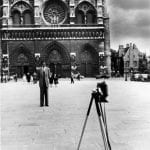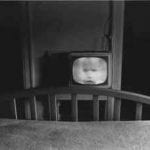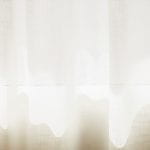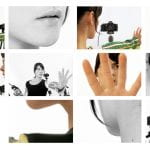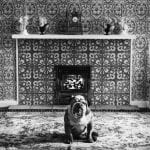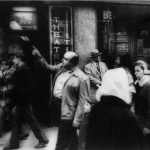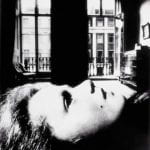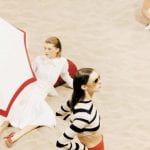John Szarkowski & the Characteristics of the Photograph
‘This book is an investigation of what photographs look like, and why they look that way’ (Szarkowski, 1966, p.6).

John Szarkowski was the Director of Photography at the Museum of Modern Art (MOMA) in New York from 1962 – 1991. In 1966 he produced a book called The Photographers Eye in which he attempted to identify and specifically define the characteristics by which the photograph transforms the world in front of the lens. It was based on the 1964 MOMA exhibition of the same name, and placed great emphasis on the photographer’s process of selection from the real world. The Introduction to The Photographers Eye (1966) can be accessed here
related POSTS:
- What is a Photograph / John Szarkowski & the Characteristics of the Photograph (Digital)
The 5 characteristics of photography for John Szarkowski (1966) were:
- The Thing Itself
- The Detail
- The Frame
- Time
- Vantage Point
The Thing Itself: ‘The first thing that the photographer learned was that photography dealt with the actual; he had not only to accept this fact, but to treasure it; unless he did, photography would defeat him’ (Szarkowski, 1966, p.8)

The Detail: ‘The photographer was tied to the facts of things, and it was his problem to force the facts to tell the truth’ (Szarkowski, 1966, p.8)

The Frame: ‘Since the photographer’s picture was not conceived but selected, his subject was never truly discrete, never wholly self-contained. The edges of his film demarcated what he thought most important, but the subject he shot was something else, it had extended in 4 directions’ (Szarkowski, 1966, p.9)
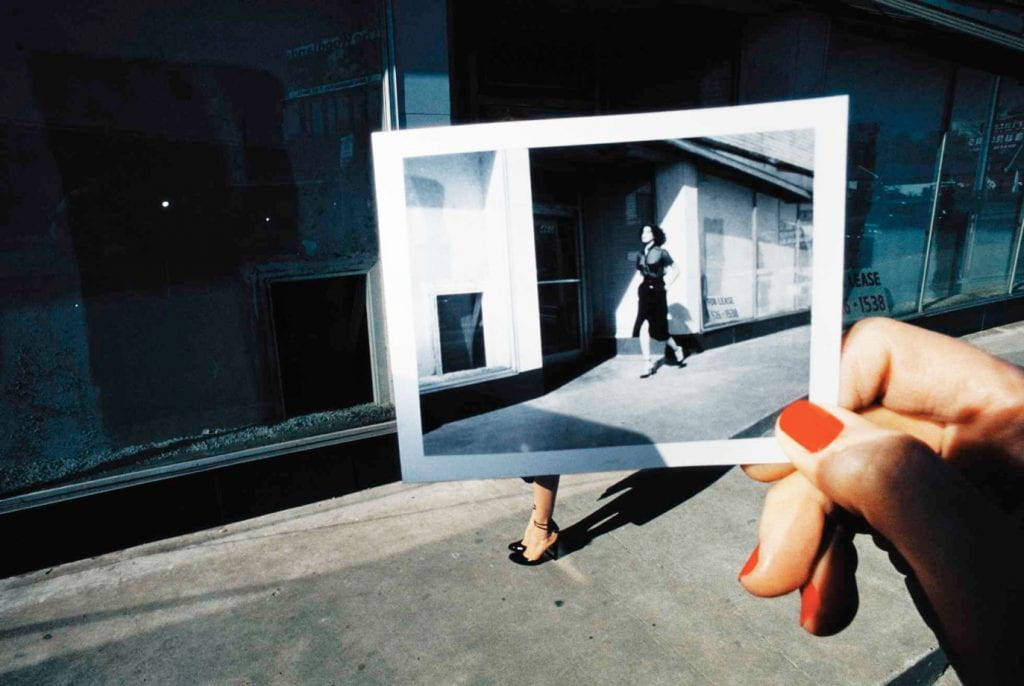
Time: ‘There is in fact no such thing as an instantaneous photograph. All photographs are time exposures of shorter or longer duration, and each describes a discrete parcel of time. This time is always the present’ (Szarkowski, 1966, p.10)

Vantage Point: ‘Much has been said about the clarity of photography, but little has been said about its obscurity. And yet it is photography that has taught us to see from the unexpected vantage point’ (Szarkowski, 1966, p.10)
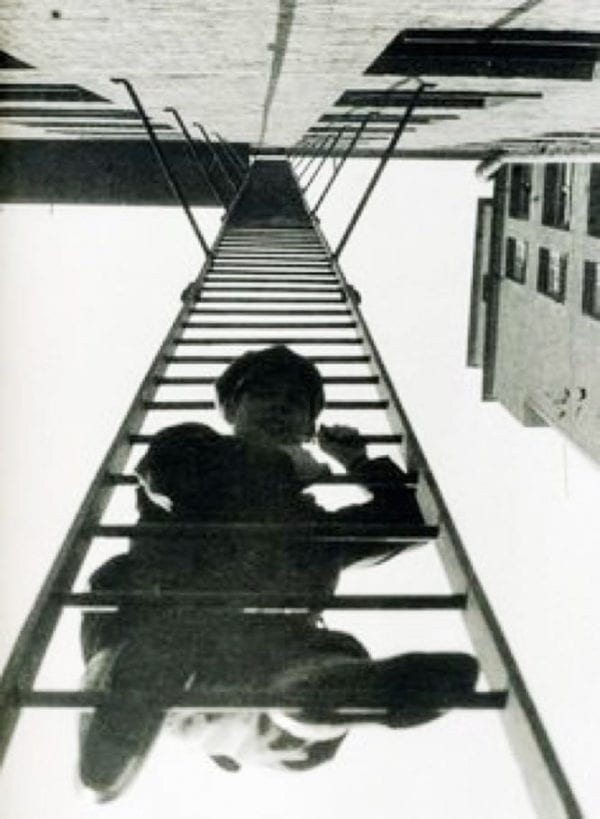
Aims & Outcomes:
- For participants to discuss and visually explore Szarkowski’s 5 characteristics of the photograph
- For participants to produce at least 3 10×8 analogue (edited) images which explore these 5 characteristics
- Participant Take Away Outcome: At least 3 10×8 exhibition quality black and white photographs
You will need:
- 35mm Cameras for all participants
- lford HP5 35 film (24 exposure) for all participants
- Ilford Multigrade Paper 10×8 size (Lustre)
- An introductory presentation for participants to outline the ideas and provide examples
- A booked room to critique participants work
- Blue tack to pin the work
- Costings and Risk Assessments
Preparation Work:
- Ask participants to read The Introduction to The Photographers Eye (1966) which can be accessed here
- Make sure you have booked the cameras and darkrooms from the Photography Stores
- Make sure there are enough team members to support participants (never assume thier prior knowledge)
- Set up the darkroom, enlargers and easels in advance.
Suggested Session Outline:
- Ask participants what they think the characteristics of photography are. (e.g. light, time, fixed, reproduction) Are these specific to certain ‘types’ of photograph? Is the word ‘photographies’ more appropriate?
- Deliver presentation / brief and encourage discussion and debate
- 35mm camera Induction
- In small groups investigate the local area and encourage visual exploration of each of Szarkowski’s 5 characteristics
- Break (whilst the negatives are put through the film processor)
- Darkroom Induction
- Identify negatives to print
- Black and White Printing session
- Critique and give feedback with the group
